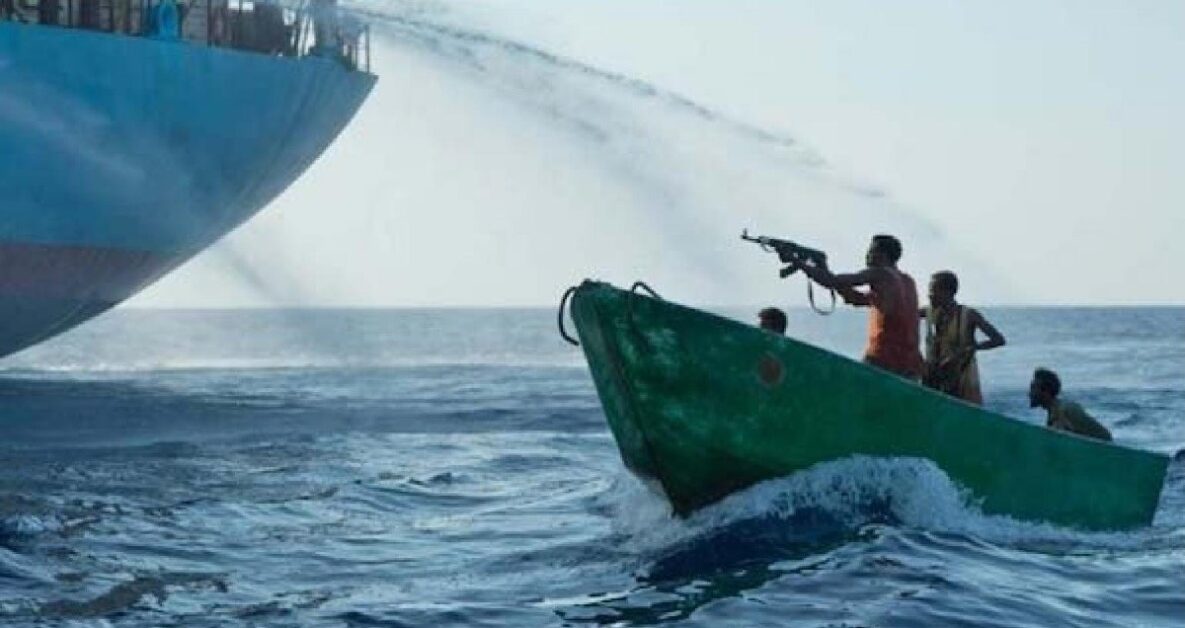85 crew members were abducted, and 60 cases of armed robbery and piracy were reported to the International Maritime Bureau’s Piracy (IMB) Reporting Centre in the first half of 2024 alone.
An act of boarding a ship to commit theft or any other crime, with intent or ability to use force to facilitate that act” is the definition of piracy given by the IMB.
However, according to the International Maritime Organization (IMO), it is an attack that takes place on the high seas or in regions that are not governed by state laws.
21st-century pirates, often known as modern pirates, usually use speed boats to target cargo ships. They typically operate out of captured fishing or commerce vessels.
These days, pirates typically try to take over the ship and demand a ransom for the goods they are stealing or stealing on cargo ships. Some also demand ransom from the crew.
Since the sea handles around 80% of global trade, there are many targets and a lot of money to be made via contemporary piracy.
According to the IMO’s 2020 forecast, it costs the world economy roughly US$25 billion ($37 billion) a year.
Even though attacks seem to be decreasing, modern pirates are still active in 2024.
The IMB documented 120 marine incidents in 2023.
According to data from Crime at Sea: A Global Database of Maritime Pirate Attacks, piracy incidents have been gradually decreasing since 2010, after peaking in the early to late 2000s.
Though on a far smaller scale than it was at the height of the region’s piracy heyday, piracy still happens throughout the Caribbean today.
Beginning in the 1500s, pirates were most successful in the Caribbean between the 1650s and 1730s, when they established thriving pirate seaports like as Nassau in the Bahamas, Port Royal in Jamaica, and Tortuga in Haiti.
When Western European and North American navies invaded the Caribbean in the 1830s, they hunted out and prosecuted pirates.
The Caribbean’s waterways off Venezuela are currently the most frequent sites for piracy.







